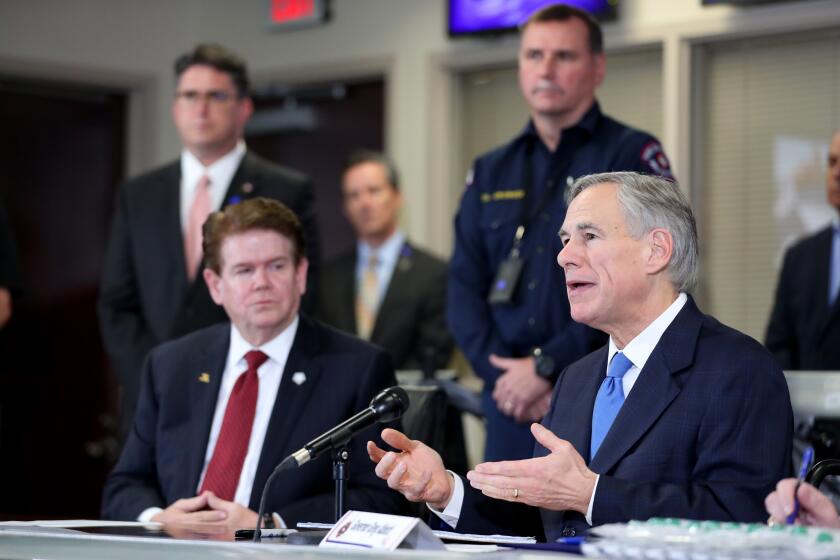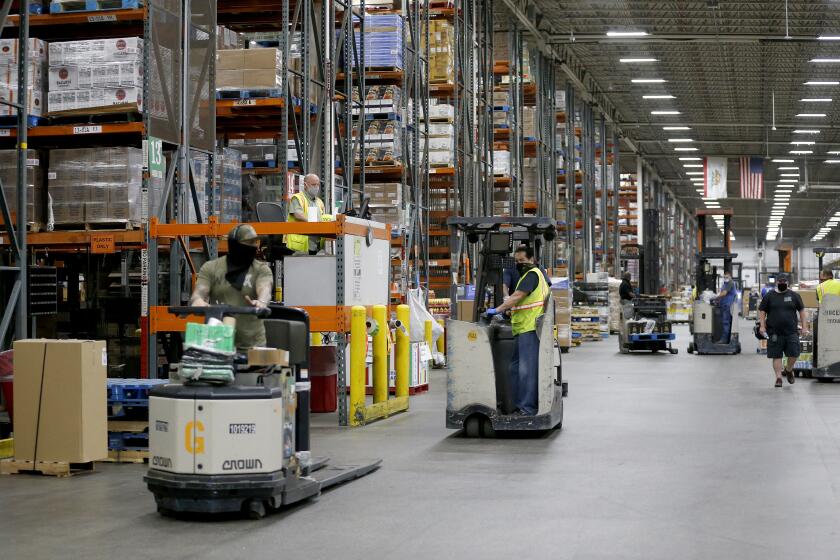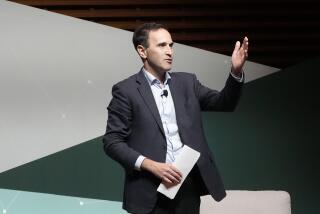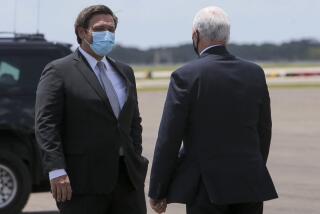Column: The evidence is clear — COVID lockdowns saved lives without harming economies
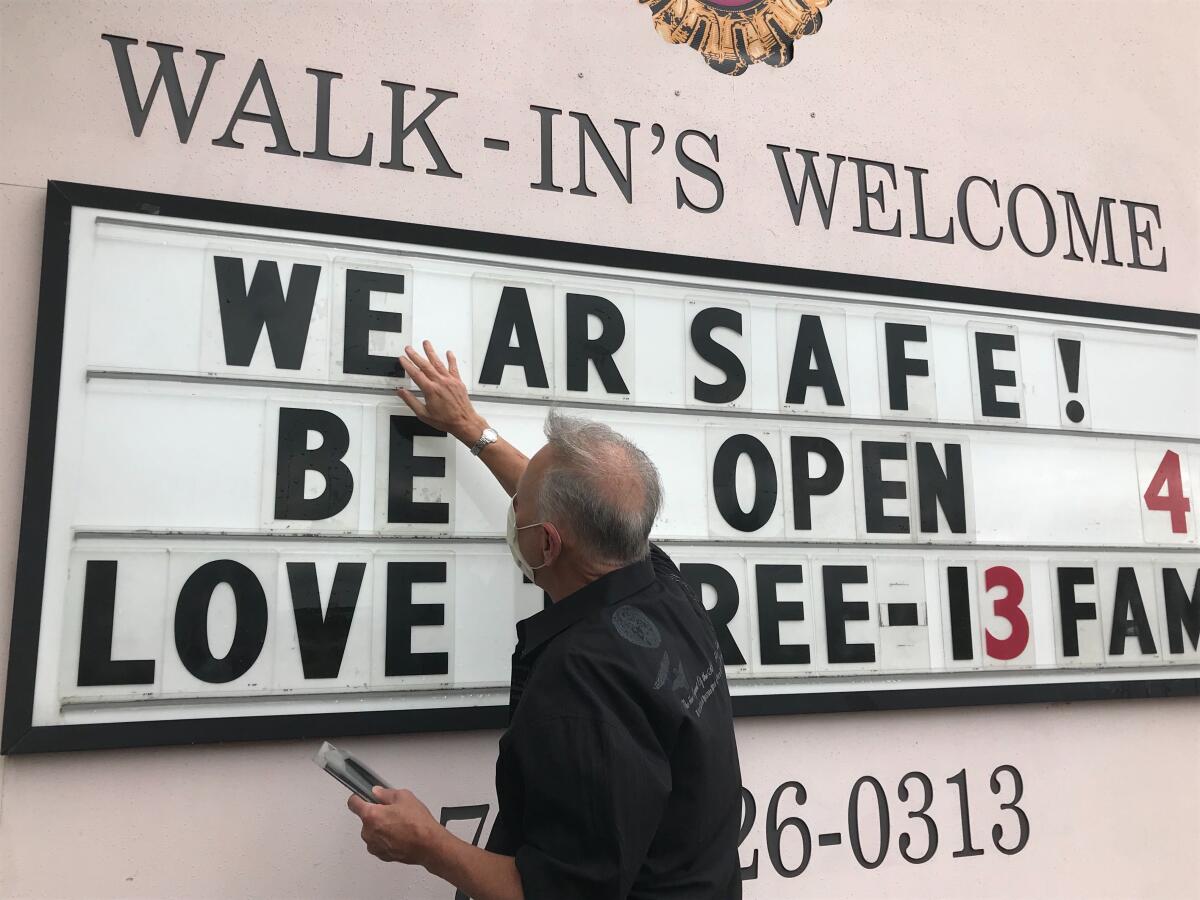
The pandemic may be ebbing, at least in the U.S. and some other well-vaccinated countries, but debate over the government and public response to the crisis is destined to live on.
That’s certainly the case with government-ordered lockdowns, the most onerous and controversial policies imposed to keep people safe from COVID-19.
Fortunately, they’re also among the most widely studied policies, and research about their effectiveness is beginning to flow to economic and scientific journals.
Lockdown should be considered as an effective public health intervention to halt epidemic progression.
— Mégarbane et al.
The published data point to two related conclusions: First, lockdowns played a significant role in reducing infection rates. Second, they had a very modest role in producing economic damage. Conversely, lifting lockdowns has done very little to spur economic resurgence.
Some of the evidence for both propositions has been expertly compiled by Noah Smith, a former finance professor now writing economic commentary for Bloomberg.
There’s a flaw in Smith’s presentation, however: His conviction that the issue is now moot, since the pandemic is receding and lockdowns are “basically over,” due to the rapid ramp-up of vaccinations in most parts of the U.S.
Get the latest from Michael Hiltzik
Commentary on economics and more from a Pulitzer Prize winner.
You may occasionally receive promotional content from the Los Angeles Times.
The lockdown issue is not moot at all, however. It’s being kept alive by pandemic politics, which will endure.
Florida’s Republican Gov. Ron DeSantis thinks he’ll be able to run for president in 2024 based on his having outlawed lockdowns in much of his state without suffering in COVID statistics and protected his economy. Neither claim is true, as we’ve shown, but that doesn’t mean he won’t be repeating them.
On the other side of the coin, California’s relatively stringent and far-reaching lockdowns are a centerpiece of the Republican Party’s campaign to recall Democratic Gov. Gavin Newsom.
Never mind that due in part to its residents having taken stay-at-home rules, social distancing and masking seriously, California now boasts among the lowest case, hospitalization and death rates in the nation, as well as a recovering economy.
The post-coronavirus reopening is up to consumers, not Trump or governors.
Doesn’t matter: The lockdown appears to be all the recall backers have against Newsom, other than campaign slogans that consist of a noun, a verb, and “French Laundry.”
Debate over the efficacy of lockdowns in limiting the spread of COVID-19 is certain to continue, in part because it’s inextricable from partisanship.
A team of UCLA researchers, in a paper first published in May 2020 and updated later, found that “likely Trump voters” reduced their movements by 9% following a local stay-at-home order, “compared to a 21% reduction among their Clinton-voting neighbors, who face similar exposure risks and identical government orders.”
Hostility to social measures short of a lockdown, such as social distancing and masks, bears the same partisan coloration.
It makes sense, therefore to examine the evidence — or rather, gather ammunition for the coming debate.
Numerous studies from across the world have found that lockdowns succeeded in suppressing transmission rates. An Italian team found that lockdowns start to reduce the number of COVID infections about 10 days after they start, and keep reducing the case rate for as long as 20 days following initiation.
French researchers, in a paper published in January, compared the experience in countries that imposed stay-at-home orders early in the pandemic and lifted the restrictions gradually — New Zealand, France, Spain, Germany, the Netherlands, Italy and Britain — to that of Sweden, which imposed no lockdown, and the U.S., which had (and still has) a patchwork of state policies often involving late orders followed by abrupt and premature lifting.
The first group saw rapid reductions in infections and a rapid economic recovery, compared to the second. “Early-onset lockdown with gradual deconfinement allowed shortening the SARS-CoV-2 epidemic and reducing contaminations,” the researchers concluded. “Lockdown should be considered as an effective public health intervention to halt epidemic progression.”
By removing unemployment benefits, states are forcing workers to risk their lives
The UCLA researchers, meanwhile, estimated that reductions in movement resulting from stay-at-home orders reduced transmission in the hardest-hit communities, such as Seattle, New York, San Francisco and Los Angeles by 50% or more.
All these findings point to savings of millions of lives globally. None of it is especially surprising. Compliance with stay-at-home orders meant reducing one’s exposure to strangers whose viral conditions were unknown. That was especially crucial in locations where COVID was raging and therefore the prospect of coming into close contact with an infected individual was relatively high.
That leaves the economic question. Critics of lockdowns typically advocate balancing the public health gains from stay-at-home orders against the economic losses from keeping bars, restaurants, hair salons, and other small businesses closed. They argue, as has DeSantis and other red-state governors such as Greg Abbott of Texas, that concerns about the latter should take primacy over the benefits of the former.
The problem with this argument is that there’s very little evidence that lockdowns themselves damaged local economies more than individual behavior that would have happened anyway, lockdowns or not. Nor is there much evidence that lifting lockdowns produced a faster recovery.
Those who have studied the course of the pandemic in the U.S. and Europe understand why the lockdowns have less economic impact than one might expect. The reason is that people made their own choices to stay at home or to patronize only businesses where they felt relatively safe.
As Austan Goolsbee and Chad Syversen of the University of Chicago said of their study of the economic slump during the pandemic, “The vast majority of the decline was due to consumers choosing of their own volition to avoid commercial activity.”
That’s evident from the chronology of the business slump. Most counties and states didn’t impose stay-at-home orders until late March or early April; even Newsom, who is depicted as having shut down the California economy particularly aggressively, didn’t act until March 19.
The idea of vaccine passports isn’t new, as international travelers and families with school-age children will tell you.
Yet in California and throughout the country, residents started withdrawing from face-to-face commerce well before then, with the sharpest reductions in the first half of March. Government-ordered shutdowns did less to force people to stay home than to give them legal grounds to do so.
Foot traffic fell by about 60% during the pandemic, Goolsbee and Syverson concluded from their study of smartphone mobility statistics. But government orders accounted for only seven percentage points of that.
In short, it wasn’t government policy that kept people home. It was fear.
That applies to the “reopenings” touted by DeSantis and Abbott, through which they take credit for a post-pandemic economic miracle. The hard facts don’t support their argument. Take Texas, which earlier this year became the first state to end its mask mandate and allow businesses to open without capacity restrictions.
Economist Dhaval Dave of Bentley University searched deeply for evidence that ending its lockdown early produced an economic gain for Texas. The result?
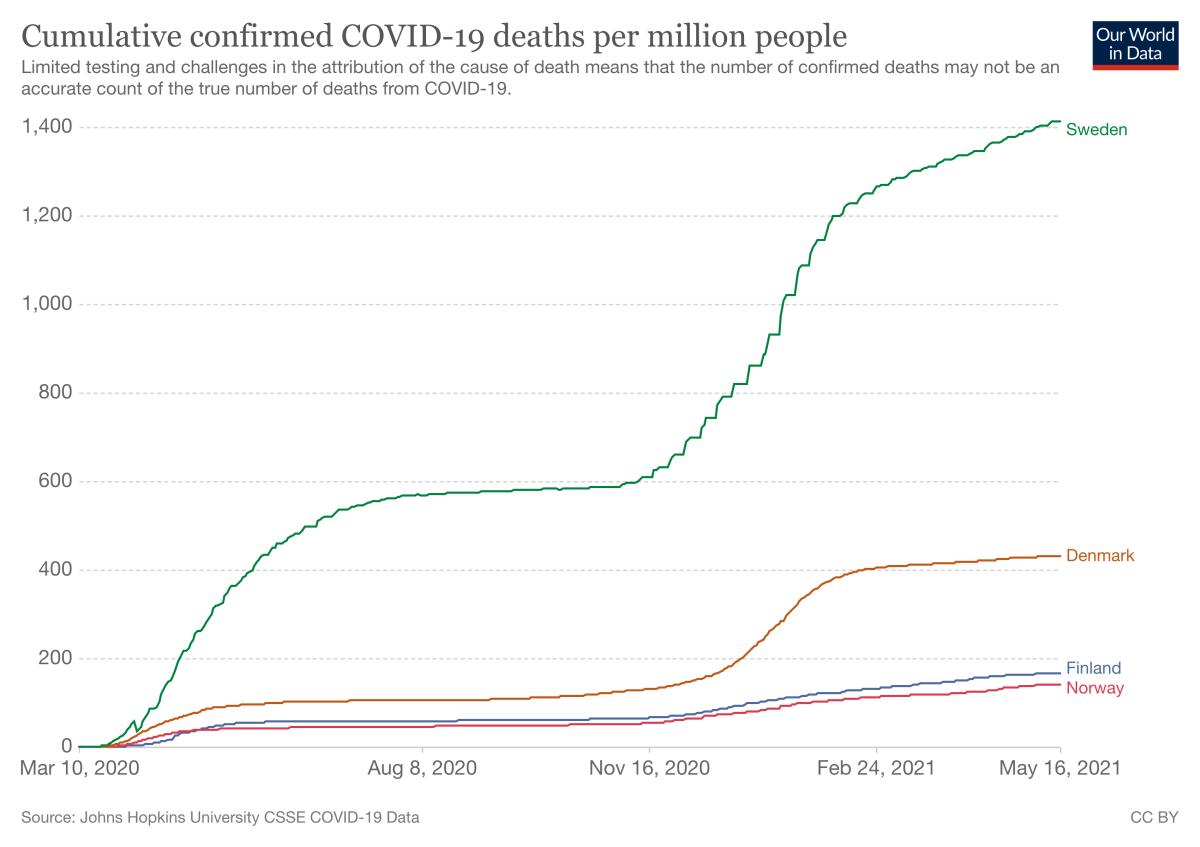
“We find no evidence that the Texas reopening led to substantial changes in social mobility, including foot traffic at a wide set of business establishments,” Dave and his colleague wrote. “We find no evidence that the Texas reopening order impacted short-run employment.” The findings, they wrote, “underscore the limits of late-pandemic era COVID-19 reopening policies to alter private behavior.”
They also found no evidence that the reopening led to a surge in new COVID cases, as some experts warned.
Overly hasty liftings of pandemic restrictions have differential effects on different elements of state and local economies. They gratify business owners, who expect to see a flood of patrons once they’re allowed out and about.
But they’re inexcusably coercive against those businesses’ workers. Ending government-imposed restrictions also ends protections for workers — sometimes depriving them of the right to collect unemployment benefits by staying safe at home or reducing their access to publicly funded healthcare.
Red-state governors around the country have recently lined up to show how little they care about the working class’s welfare by unilaterally refusing federally sponsored enhanced unemployment benefits, which Congress funded through the first week of September.
The governors are taking these steps in recognition of the idea that the unemployment enhancement is the cause of a purported labor shortage. There’s no evidence that this is the case, but bar, restaurant and fast-food operators claim it’s so, and they play the tune the governors march to.
In reality lockdowns saved lives in the pandemic without having significant negative effects on economies in the lockdown zones. That meant that keeping economies wide open in the expectation that the virus would run its course was penny wise and incredibly foolish.
The best example is Sweden, which is famous for having never imposed a universal lockdown and trusting that the ever-elusive “herd immunity” would appear, as if by magic.
The fact is that Sweden suffered a devastating human toll, compared to its Nordic neighbors, which imposed lockdowns. From the beginning of the pandemic in March 2020 through mid-May 2021, its deaths per 1 million residents have exceeded 1,400. That’s somewhat better than the U.S. (1,771) and Britain (1,884). But in Denmark the figure is 432, Finland 168 and Norway 142.
Employers’ gratitude for their ‘hero’ workers didn’t last long
As a further discouragement, Sweden got no economic reward for sacrificing so many residents. Its economy shrank by 2.8% in 2020, about the same as Finland but worse than Norway (down 2.7%) and much worse than Denmark (down 0.8%), according to Eurostat.
Even early in the pandemic, it was obvious that government economic policies — much less those guided by partisan ideologies — would have much less to do with the post-pandemic recovery than the public’s confidence that its health was being protected. That was the lesson from 9/11 — civilian domestic flights were grounded for only 48 hours after the attacks, but air travel didn’t fully recover for nearly three years.
As I wrote in April 2020, after the then-president’s deadline for reopening the entire U.S. economy by that Easter had come and passed, “the pace of any return to normality will be dictated by you and me — consumers making their own judgments about when and under what circumstances it will be safe to resume old habits.”
That’s still true. All that can be said about stay-at-home orders, social distancing and mask mandates is that they all have worked to reduce the transmission of COVID-19. As a result, they are likely to foster a quicker restoration of confidence in socializing out in the world.
They have saved lives, and no amount of political posturing about the need to get people into crowded restaurants and bars to save business owners will make that happen any more quickly.
More to Read
Get the latest from Michael Hiltzik
Commentary on economics and more from a Pulitzer Prize winner.
You may occasionally receive promotional content from the Los Angeles Times.

